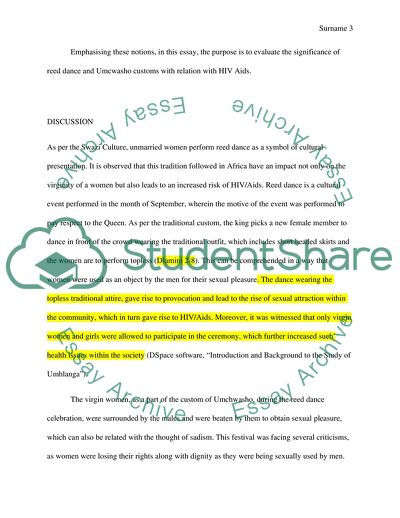Cite this document
(How the Reed Dance and Umcwasho Customs Relate to the HIV Aids Coursework, n.d.)
How the Reed Dance and Umcwasho Customs Relate to the HIV Aids Coursework. Retrieved from https://studentshare.org/health-sciences-medicine/1844833-how-the-reed-dance-and-umcwasho-customs-relate-to-the-hivaids-pandemic
How the Reed Dance and Umcwasho Customs Relate to the HIV Aids Coursework. Retrieved from https://studentshare.org/health-sciences-medicine/1844833-how-the-reed-dance-and-umcwasho-customs-relate-to-the-hivaids-pandemic
(How the Reed Dance and Umcwasho Customs Relate to the HIV Aids Coursework)
How the Reed Dance and Umcwasho Customs Relate to the HIV Aids Coursework. https://studentshare.org/health-sciences-medicine/1844833-how-the-reed-dance-and-umcwasho-customs-relate-to-the-hivaids-pandemic.
How the Reed Dance and Umcwasho Customs Relate to the HIV Aids Coursework. https://studentshare.org/health-sciences-medicine/1844833-how-the-reed-dance-and-umcwasho-customs-relate-to-the-hivaids-pandemic.
“How the Reed Dance and Umcwasho Customs Relate to the HIV Aids Coursework”, n.d. https://studentshare.org/health-sciences-medicine/1844833-how-the-reed-dance-and-umcwasho-customs-relate-to-the-hivaids-pandemic.


